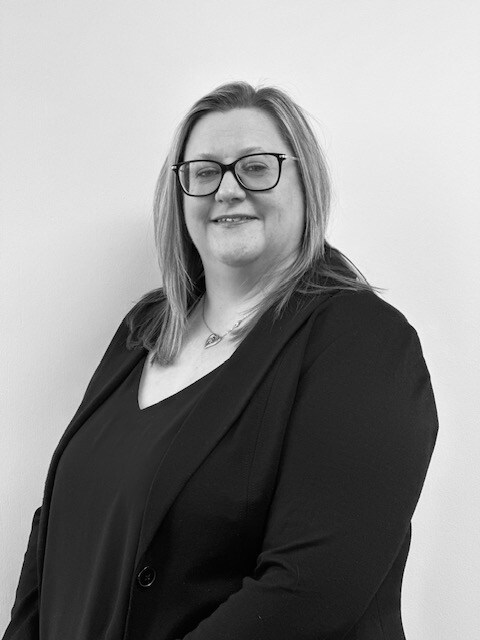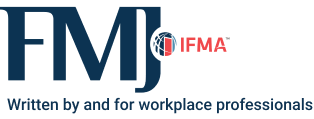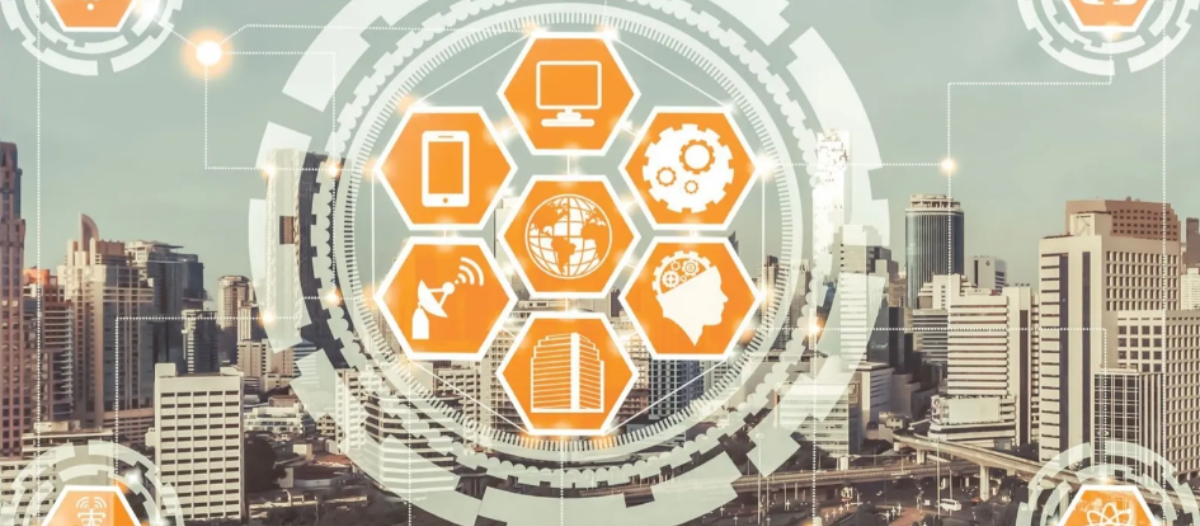AI & IoT
The future of P3

Public-private partnerships (P3) have emerged as a powerful mechanism to address global infrastructure needs, with varying levels of maturity and success in different regions. One element that is consistent wherever P3s are in place, however, is the potential for emerging and evolving technologies to transform the approach to and delivery of the model, especially for facility managers who are responsible for the operational phase of key infrastructure projects.
Regional differences
It is no secret that the U.S. lags behind countries such as the United Kingdom and Canada in P3 adoption. The U.K.’s introduction of its Private Finance Initiative (PFI) in the 1990s pioneered the use of the model to build and operate infrastructure, such as schools and hospitals, leading to 700 infrastructure projects overall. Though PFI had many challenges and its fair share of critics, culminating in the cessation of all new PFI-funded projects in 2018, the new U.K. government has expressed interest in resurrecting a new version of the model to help tackle the country’s infrastructure needs. In 2022, hundreds of schools and hospitals were found to have been built with crumbling concrete, resulting in costly repairs, building closures and a delay to the start of the school year for thousands of students – something that could have been funded and resolved more quickly within a P3 model.
Likewise, Canada boasts one of the world’s most mature and successful P3 markets. Over the last 30 years, the country has completed nearly 300 P3 projects, valued at more than CAD$139 billion, covering sectors such as healthcare, transportation, roads, bridges, and public buildings. The Canadian partnerships has made that possible thanks to a robust governance structure, clear legal frameworks and a bipartisan political commitment to the model.
Although P3s have gained traction in U.S. states such as New York and Florida, the market is far less developed because of the country’s higher dependence on state-level policies, which can vary significantly and often lack the standardized guidelines needed for effective P3 implementation.
Still, the U.S. is facing significant infrastructure challenges. The American Society of Civil Engineers (ACSE) regularly rates the country’s infrastructure as inadequate, assigning it in the 2021 Infrastructure Report Card with a C- grade. According to ACSE data, approximately 43 percent of public roadways are in poor or mediocre condition, and 45,000 bridges are rated as structurally deficient. Additionally, an estimated US$1 trillion is needed to address the country’s water infrastructure alone. The bipartisan Infrastructure Investment and Jobs Act of 2021 earned US$1.2 trillion for infrastructure upgrades, yet this is only a fraction of what is needed to meet current and future demands. P3s would provide significant support to bolstering such infrastructure development.
Tech forward
Generally, the key obstacle that P3s present is their inherent complexity, involving multifaceted legal frameworks, diverse stakeholder interests, and wieldy financial arrangements. The world in which P3s exist is becoming more complex. Higher interest rates are putting enormous pressure on governments to be more prudent with the public purse. Meanwhile, the looming threat of climate change means public services and projects must adhere to increasingly stringent environmental standards and net zero targets.
The solution to this complexity, no matter the region, is in an increasingly intelligent yet accessible set of technologies within reach.
Perfect sense
The internet of things (IoT) is among the most significant technological advancements of the 21st century. While sensors might not seem glamorous, embedding billions of “things” – from industrial chillers to kitchen toasters – has created a digital overlay of the physical world, once a concept limited to science fiction. This enables real-time monitoring and adjustment of interactions between connected devices, offering unprecedented insights. By 2030, the number of connected devices could reach 150 billion.
Sensors can capture data across industries, from monitoring vehicle health in fleets to tracking soil moisture on farms. The most common applications for operations and maintenance (O&M) are asset management, maintenance and environmental controls. Sensors on assets detect stress, vibration and temperature, while environmental sensors monitor user-related factors like lighting and room temperature. These insights are critical for public infrastructure like transit hubs and hospitals, where user experiences influence perceptions of value.
The power of sensors lies in real-time data collection, allowing operators to identify trends and anomalies, make informed decisions quickly, improve operational efficiency, and respond to changing conditions.
This technology supports effective preventative maintenance. If conditions indicate potential failures according to preset levels, sensors trigger alerts for immediate action by the FM team, minimizing downtime and reducing costs. With data accumulation and understanding of real-time asset condition, maintenance schedules become more predictive, transitioning from reactive to proactive approaches. In large countries, this ensures that every engineer’s visit is optimized.
Sensors also enhance P3 project operations, enabling efficiency, better user experiences, and adherence to service level agreements. Operators can even renegotiate contract terms if sensor data reveals discrepancies with agreed specifications.
A practical example is Jernhusen, Sweden’s railway station operator, which aims to boost public transit usage as part of Sweden’s Net Zero 2045 goal. Managing transit stations during harsh winters is challenging, with icy conditions disrupting operations and creating safety hazards. The operator turned to AI-driven predictive maintenance to reduce breakdowns. Sensors provide real-time data on escalator runtime, weather and footfall. Alerts enable proactive responses, such as preparing for grit-related escalator malfunctions before problems occur.
AI in O&M
AI's potential rivals that of IoT sensors. Bill Gates has described it as transformative as the internet and mobile phones. For example, an AI tool used at Toronto’s St. Michael’s Hospital, reduced unexpected deaths by 26 percent. By analyzing medical records, the system predicts patient deterioration dynamically every hour.
AI automates processes, analyzes vast datasets, and improves decision-making. Facility managers can use AI for maintenance, energy efficiency, compliance, stakeholder relations and workflow automation. However, quality input is critical—"Garbage in, garbage out." Faulty AI training, like Google Gemini’s absorption of satirical content, underscores the importance of accurate data.
AI systems also face challenges with legacy systems. For integration to succeed, new software must align seamlessly with existing systems. At Jernhusen, sensor data feeds an AI platform that learns from real-time data, improving predictions and recommendations over time.
Achieving net zero goals
Furthermore, infrastructure projects tied to broader sustainability goals ensure meaningful outcomes. For instance, Jernhusen’s focus on better public transit connections supports Sweden’s 2045 net zero targets by reducing car usage. Many organizations lack baseline emissions data and face challenges due to siloed systems, making improved interoperability—where systems exchange data effectively—vital.
Combining sensor data with AI can help monitor emissions, optimize maintenance and improve energy efficiency. For example, AI-integrated building management systems adjust energy use based on occupancy and environmental conditions. Over time, machine learning refines patterns, automating lighting, heating and other services to enhance efficiency.
Digital twinning & BIM
By using building information modelling (BIM) tools, projects can provide better data capture, more information available to different stakeholders, and more operational tools to provide deeper insight into why issues arise and what improvements can be made. This is a big driver and can deliver a great advantage in new or existing P3 contracts. Still, BIM is just the beginning in game-changing technology, while the process itself is bolstered by a range of other innovations that are enhancing collaboration and improving lifecycle management.
Integrating BIM with CMMS software streamlines maintenance by pre-populating asset data, creating comprehensive asset registers and allowing a facility to be remotely viewed in 2D and 3D in intricate details. Digital twins, advanced models linked to real-time sensor data, further enhance management. These twins assist in space utilization and leasing decisions, especially for infrastructure with multiple tenants like train stations, as well as providing a risk-free way to simulate the answers to what if questions.
Solving payment disputes
Payment disputes in P3s often stem from unclear or subjective performance metrics. Payment mechanism (paymech) software ensures transparency, which is achieved even more easily when combined with sensor data and AI. Automated processes calculate payments based on pre-set parameters, minimizing disputes and errors.
This combination of technology can trigger payments based on pre-determined parameters and automate payment calculations, meaning the process is more accurate while minimizing human error or bias. When integrated with AI-powered BIM, users can identify trends and forecast many factors – asset condition, maintenance schedules, market trends, project cashflows and other financial risks.
The future of P3
Countries are dealing with significant infrastructure challenges, and they must deal with them in a rapidly changing world, characterized by rising costs, greater public skepticism over government and its institutions, geopolitical threats and a climate emergency.
Simultaneously, technology such as IoT sensors, AI and BIM are transforming efficiency, transparency, and innovation at every stage of the project lifecycle and improving collaboration and risk management while delivering better value for taxpayers. Integrating these technologies will allow P3’s proponents to build transparency and foster more effective collaboration between public and private sectors, ensuring the P3 market can adapt to future demands.

Kelly Widger is General Manager (North America) at Service Works Global, an international provider of IWMS, BIM and P3 payment mechanism software. Widger is responsible for managing key customer accounts and overseeing project delivery throughout North America. She has a background in FM service delivery and P3 contract management, gained from extensive experience of working at leading FM service providers.
Read more on Leadership & Strategy , Project Management and Technology
Explore All FMJ Topics









